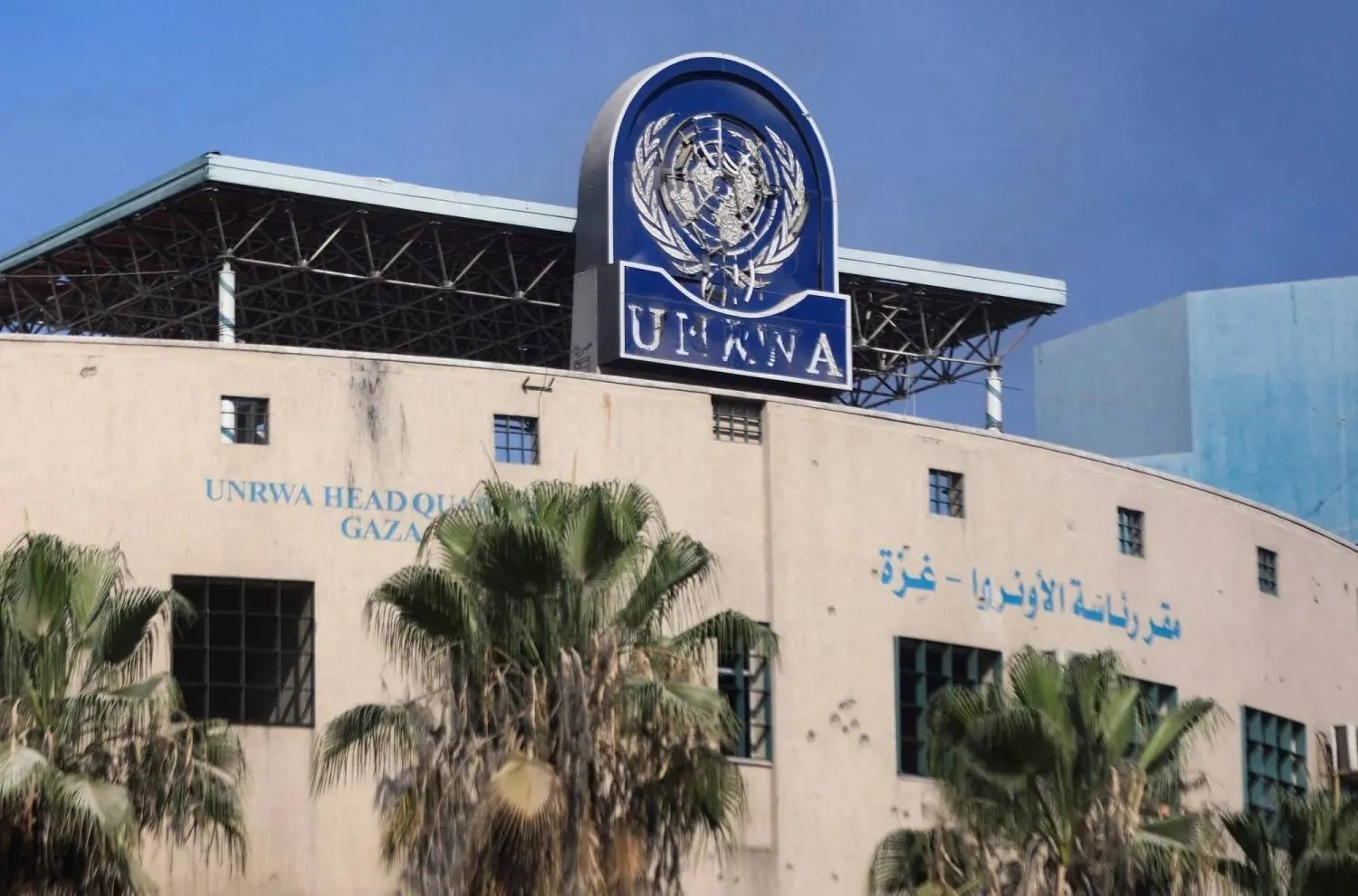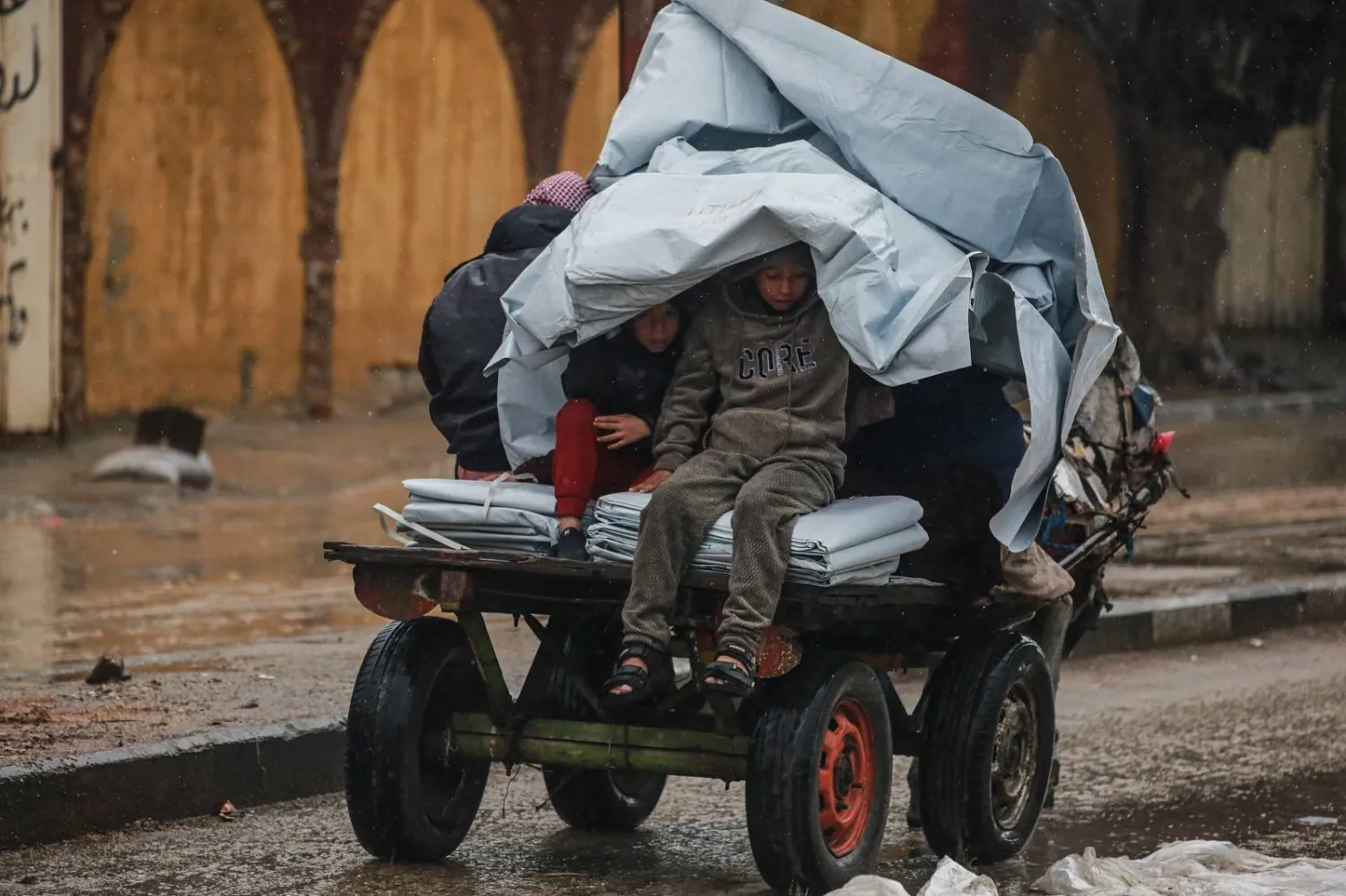Is it true that Saddam Hussein saved Khomeini’s life when he rejected a suggestion to assassinate him while he was staying in al-Najaf? What about the tale of the explosive that was placed in Khomeini’s pillow at his home in Tehran?
These questions, and many more, had remained unanswered for decades. I sought the man who would provide the answers and found them with Iraq’s former intelligence officer Salem al-Jomaili.
When the United States invaded Iraq in 2003, al-Jomaili was director of the US branch in the intelligence agency. He was quick to destroy whatever documents he could find before American forces found him. He was soon arrested by the invading forces and spent nine months in prison. He left for Oman soon after his release.
Asharq Al-Awsat sat down with al-Jomaili to discuss several intriguing events that took place during his time in office. In the mid-1960s Khomeini came to Iraq. After the July 1968 revolution, Iraq opposed the Shah of Iran’s decision to annex the three Emirati islands.
Shah Mohammad Reza Pahlavi mobilized his forces to the Iraqi border as a threat. Khomeini urged Iranian soldiers to mutiny against the Shah, saying no Muslim should fight another. The Shah also backed the Kurdish opposition in Iraq and Iraq started backing the Iranian opposition against the Shah, recalled al-Jomaili.
“We allowed Khomeini’s supporters to carry out activities in Iraq and granted them permits. They were allowed to set up a radio station and he kicked off his political activity,” he added.
After the 1975 Algiers agreement, Iran stopped its support to the Kurds and their movement collapsed. Among the agreement’s conditions was for the Iranian opposition to cease its activity in Iraq. Khomeini was urged to take into account the new situation and respect the conditions of Iraq’s ties with Iran. He refused.
“We informed him that he must leave Iraq if he remained insistent on continuing his activity. So, he headed to Kuwait where he remained stuck in a border region before Iraqi authorities agreed to his return to al-Najaf,” said al-Jomaili.
The relationship with Khomeini and between Iraq and Iran became complicated after authorities realized that he would not comply with orders and that he would not be easily contained. Amid the tensions, the intelligence agency met to discuss the situation. One officer proposed that Khomeini be assassinated with the blame being pinned on Shiite Spiritual leader Abu al-Qasim Khoei, effectively eliminating both figures from the equation.
The intelligence agency did not dare present the second part of the plan to Saddam, but only revealed the part about Khomeini’s assassination, added al-Jomaili. The president opposed it, saying: “Doesn’t the intelligence agency know that he is Iraq’s guest?”
Soon after, Khomeini left for Paris. Saddam dispatched an envoy to ask Khomeini about what he would do if the Shah regime were to collapse. Khomeini revealed that once the Islamic revolution succeeds, attention would be focused on toppling of the Baath regime in Iraq.
Saddam then realized that a confrontation would be inevitable once Khomeini returned to Tehran.
The Shah was eventually toppled and Khomeini came to power. Shiite movements in Iraq soon began to express their support to him. Khomeini began inciting Iraqi Shiite Authority Mohammad Baqir al-Hakim to declare an Islamic revolution in Iraq. This hatred to the Iraqi regime led to a series of attacks by Iran’s proxies in Iraq. Among the attacks was the failed assassination attempts against Tariq Aziz and Saadoun Hamady.
It appeared that a clash was imminent, “which is why we kept detained an Iranian pilot whose plane was downed over Iraq. We kept him as evidence before the eruption of the war to show that Iran was the side that started the fight,” al-Jomaili said.
After the Islamic revolution, Khomeini turned against the People's Mojahedin Organization of Iran in spite of its role in ousting the Shah. The war then erupted and “we had to bring in essential forces. The confrontation with Iran was open and unrestrained,” recalled al-Jomaili. “The Mojahedin members had experience in military and security work and had deep roots in society. We also had relations with the Kurdistan Democratic Party in Iran. These ties allowed Iraqi intelligence to deal painful blows to the Iranian regime.”
Painful blows
The Iraqi intelligence agency offered all forms of media, technical, financial and military support to the Kurdistan Democratic Party and Mojahedin. The first target was the Iranian Shura Council and the operation was to be overseen by head of intelligence and Saddam’s half-brother, Barzan Ibrahim al-Tikriti.
The operation called for booby-trapping the location of the council meeting. It took place in June 1981. Seventy-two leading figures were killed in the attack, including head of the judicial authority Mohammad Hosseini Beheshti, ministers, lawmakers and other senior officials.
Iran’s current Supreme Leader Ali Khamenei was another target. He was targeted by an explosive, which was placed in a tape recorder, while he was delivering a speech in Tehran. The attack left him with a paralyzed right hand. Khomeini was also set to attend the event, but he was delayed and survived.
Tikriti then set his sights on a bigger target, Khomeini himself. The opportunity presented itself in 1981. Reaching Khomeini would be difficult, but a cleric, who was close to him and also sympathetic to the Mojahedin, helped carry out the plan. Intelligence agents prepared a small explosive and placed it in Khomeini’s bed pillow. The bomb went off at the wrong time when Khomeini was out of his house
The attacks continued. Iranian President Mohammad-Ali Rajai was assassinated in Tehran in August 1981, less than two months after he came to power.
Bitter conflict in Kuwait
Al-Jomaili said the bitter conflict between Iraq and Iran was not restricted to their territories. It even reached Kuwait. Iraq’s pro-Iran Dawa party supported the use of Kuwaiti territory to carry out attacks against Baghdad.
Al-Jomaili accused Iran of attempting to assassinate Emir of Kuwait Sheikh Jaber al-Ahmad Al Sabah in 1985. The Dawa party targeted Tariq Azaz in an attack at Kuwait’s Mustansiriyah University. Iraqi intelligence retaliated with the attempt on the life of Iranian Foreign Minister Sadegh Ghotbzadeh, who was on his way to meet the Emir.









